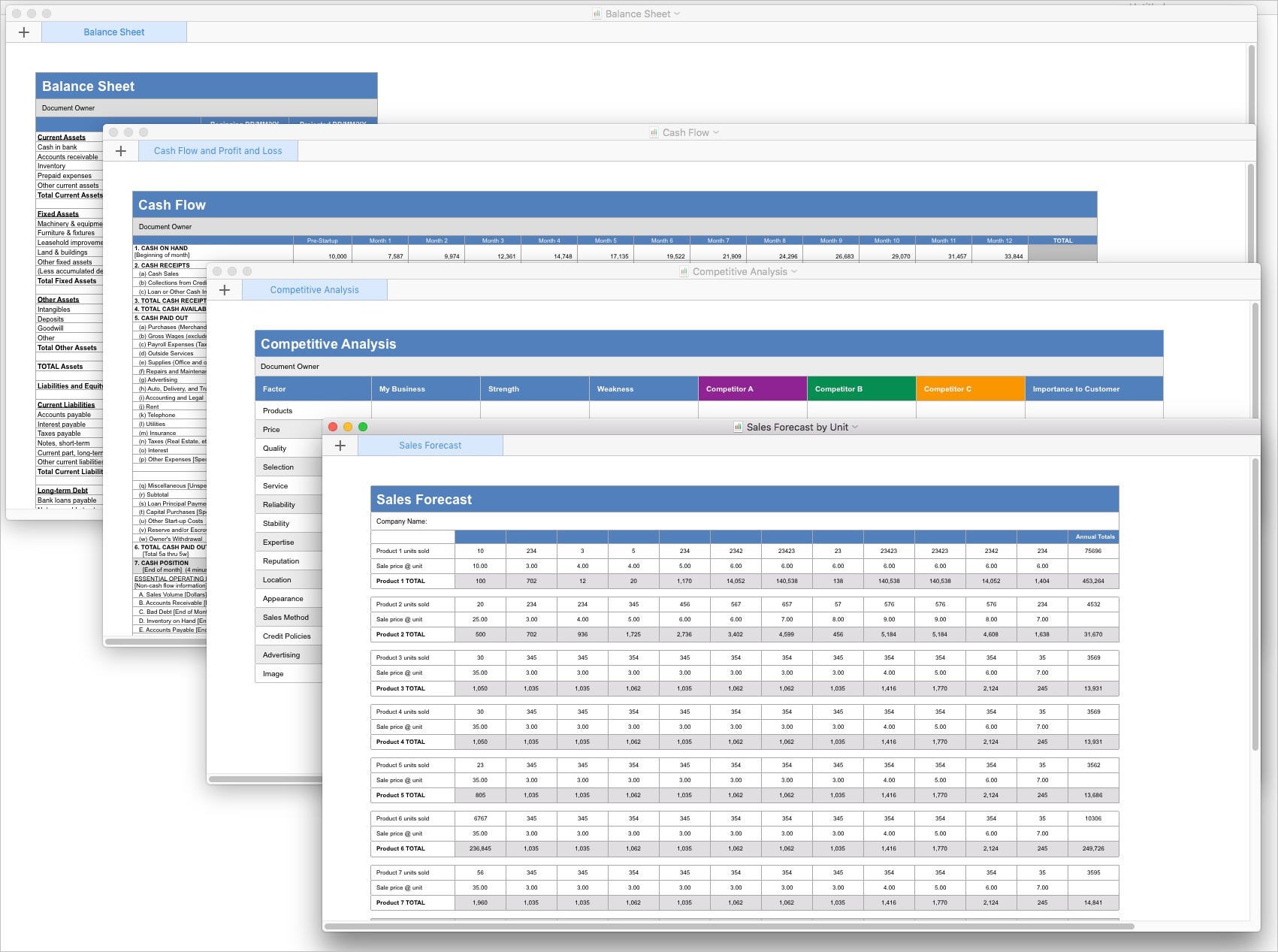

Of course, the mockups above are just that- mockups- and Apple is known to change direction at any given moment. Additionally, the new iBooks icon is already present in iOS 7.
#WHAT IS IWORK APP MAC#
During Apple’s WWDC 2013 Keynote, Craig Federighi showed off a version of iBooks running on the Mac which lines up with the this design aesthetic. It’s not a stretch to assume that books will appear more like PDFs do in the current version of iBooks, simply sliding left to right like slides in a presentation. Besides the wooden bookshelf, also likely to get cut from iBooks are the paper edges and page curl animation that are currently present. The two apps shared a very similar appearance in older versions of iOS, so it stands to reason that they might look similar in iOS 7 as well. If Newsstand is any indication, we already have a basic idea of how iBooks might look in iOS 7. When considering a new design, Apple has to keep familiarity and consistency between the heavy, detailed Mac icons, while still making the design consistent with the rest of the OS. What might be difficult, however, is redesigning the iWork icons for iOS 7. Since applications like those in iWork have only existed in their current form in a digital world, there aren’t many real-world metaphors that these apps cling to, making it easier for them to adapt to Apple’s new design aesthetic.
/cdn.vox-cdn.com/assets/994307/e606657f-c36c-4abf-b97c-8ca801e8ff3f.jpg)
Through the use of transparency and minimalism, this can easily be achieved. The iWork applications in iOS 7 could take this approach, perhaps not so drastically, by reducing visual clutter and toning down user interface elements until they blend into the experience. This is why distraction-free apps such as iA Writer have become so popular. When you’re working on a document, presentation, or spreadsheet, you want to focus on your work, not the user interface. The iWork applications in iOS 7– Pages, Keynote, and Numbers–will likely emphasize this approach. iOS 7 is about giving your content a higher priority than the interface.

When Phil Schiller demoed iWork running on the iPad in 2010, he called the varnished wood ruler in Pages “the most beautiful ruler you’ve ever seen in an application.” The mentality today has changed. The developers of OnCue have put together a video showing how UI Dynamics like this can add realism to interfaces. Pressing down on a button doesn’t just darken it, the entire button elegantly depresses, behaving like a real world object. Although the interface doesn’t try to emulate the plastic buttons and LCD screen of a real calculator, the use of animations make it feel real. Obviously, a 3D rendering of an electric guitar or a vintage organ aren’t going to fly anymore, but what is the digital equivalent? Perhaps the closest example we have today is iOS 7’s calculator app. This presents a tough challenge for Apple.

The depth and realism that were once added through skeuomorphism and gradients have to be replaced with a new sense of realism through the use of animations, transparency, and the parallax effect. It’s not as easy as removing a texture, adding transparency, or turning a button into plain text. Other apps, however, like Garageband, will take much more work and careful consideration to preserve the character that people love. IPhoto reimagined with a flatter user interface.


 0 kommentar(er)
0 kommentar(er)
